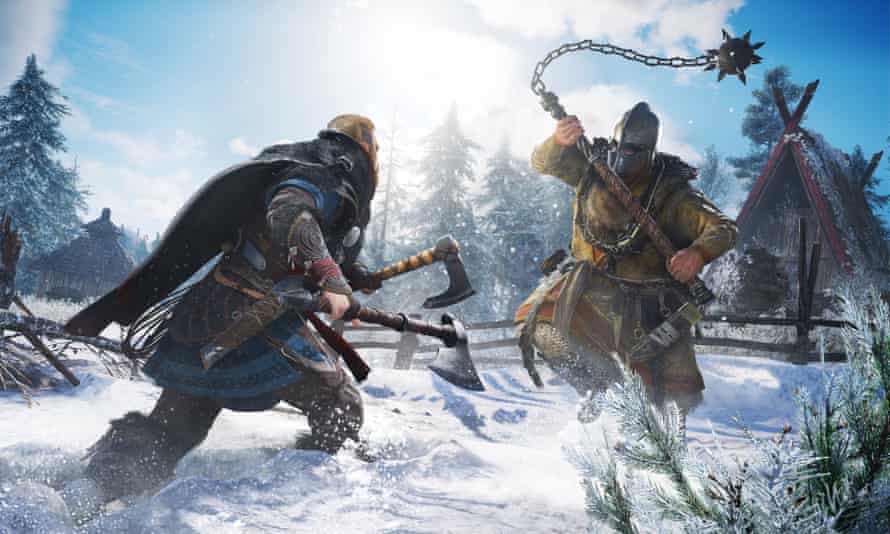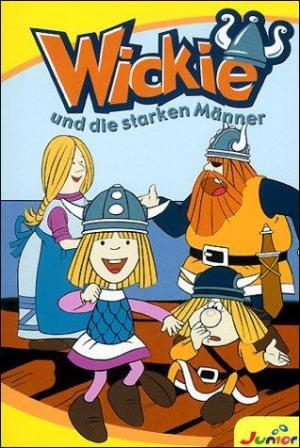Some people have criticised the Assassins Creed: Valhalla computer game which came out last year for being excessively violent. Long and bloody execution scenes are common, with no option to skip. Even by the standards of the Assassins Creed series, this is taking things a step further.
Jane Skjoldli, a self-professed gamer, is part of the Back to Blood Research Project at the University of Stavanger in Norway which aims to look at Viking representations in popular culture. She says that the game is based on a specific view of the Vikings, which sees them simultaneously as brutal warriors and traditionally masculine but also with progressive views on gender. The series has sometimes been praised for historical accuracy but this time we get a mythologized Viking World which combines the old religion and stave churches and various epochs of the Viking era. The game seems more inspired by The Vikings TV series than history.
At least they didn’t have horns in the show. That particular trope was invented by Carl Emil Doepler who was tasked with producing Wagner’s Niebelungenlied in 1876. A century of misconceptions in popular culture followed. Perhaps the History Channel take is the Doepler effect of our day?
Meanwhile, the game has been changed and you can now skip the gore. If you like.



